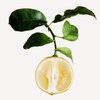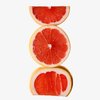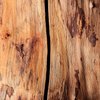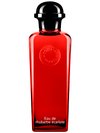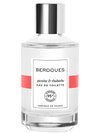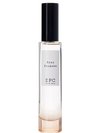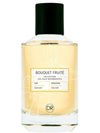Rhubarb
Green, fruity, tart, mouthwatering, aromatic, floral.
The tantalizing scent of rhubarb blends divinely in fine fragrances—especially floral, green or citrus compositions. It’s both mouthwateringly fruity and tart, with an energizing green undertone and blooming floral facets.
Data sheet
- Type
- Reproduction accord

